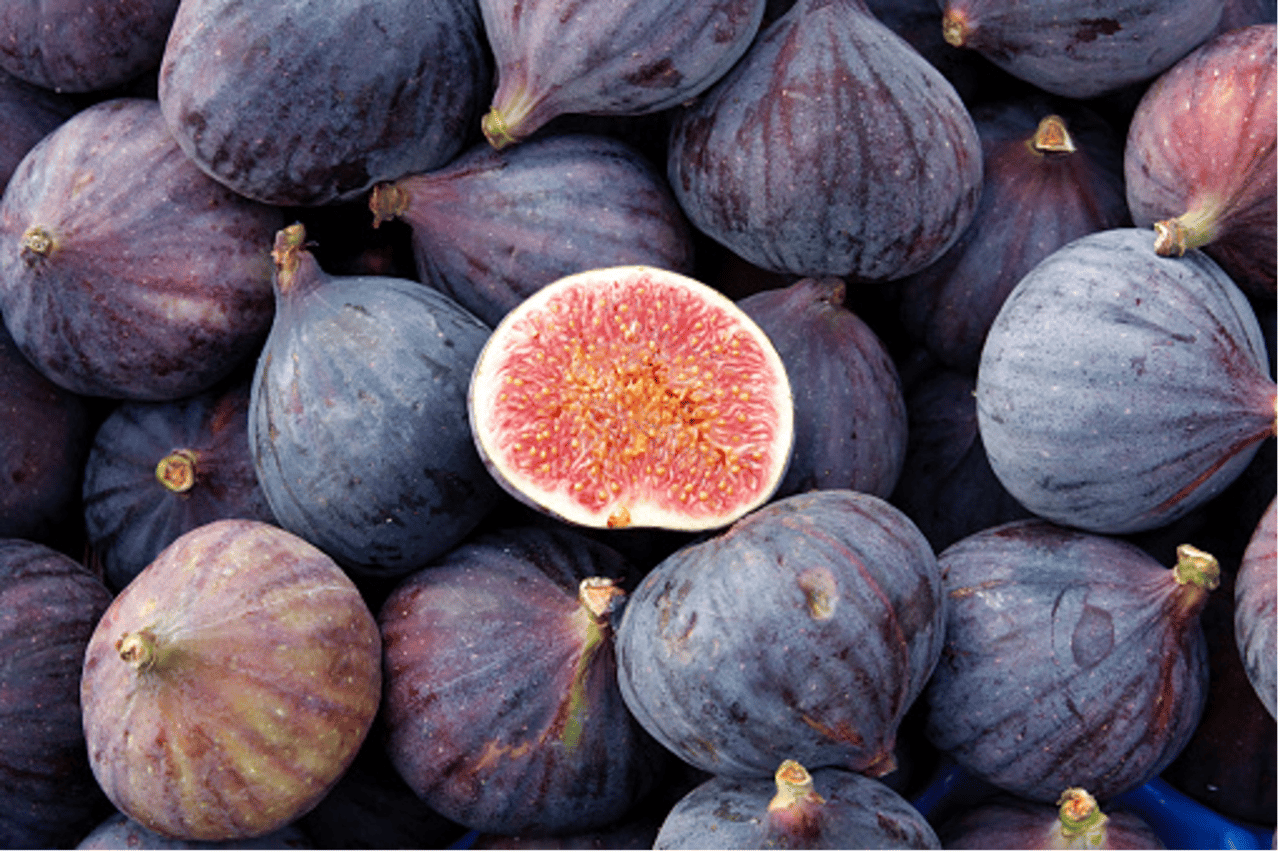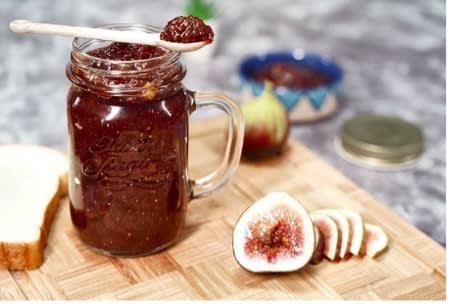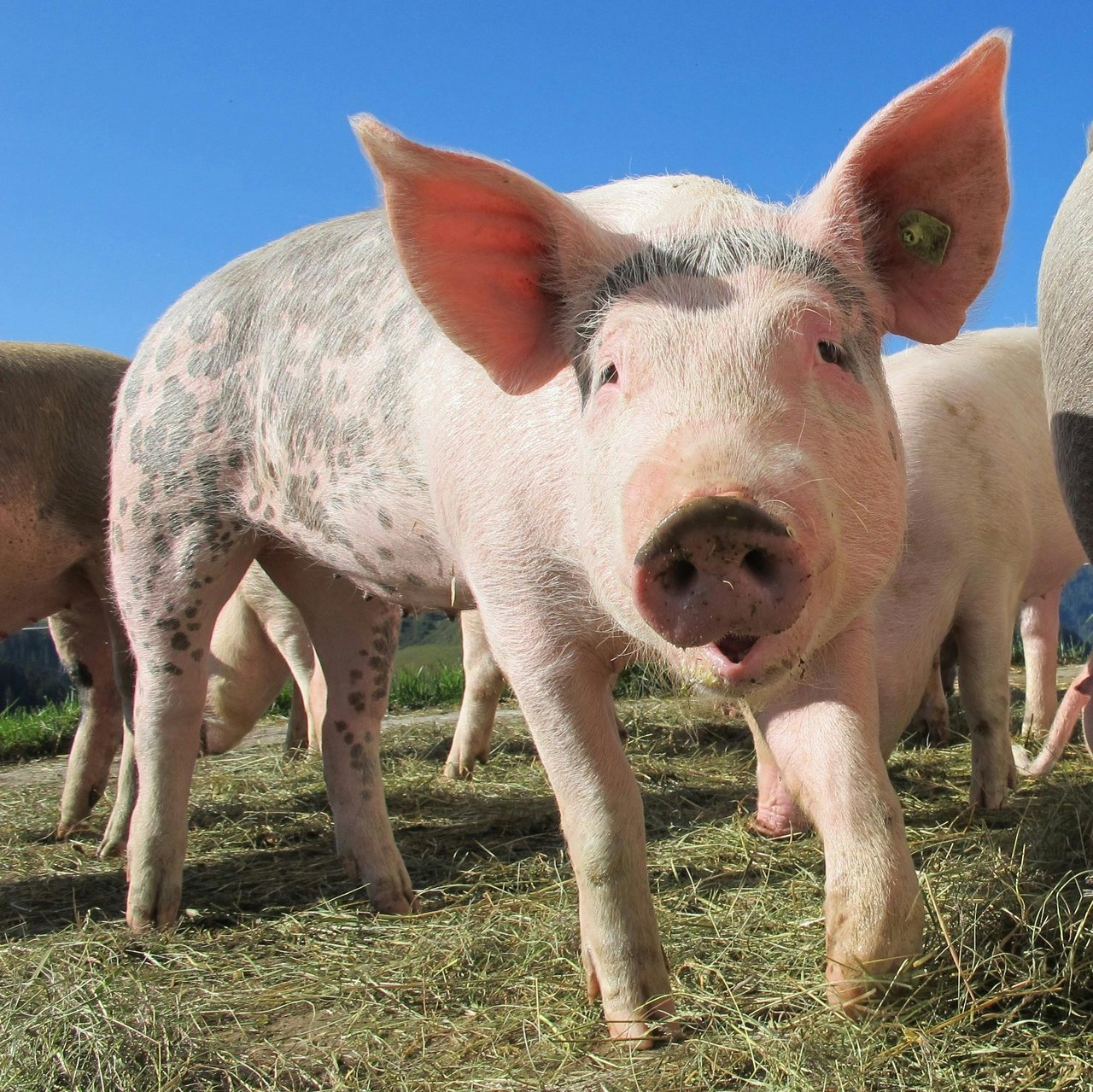There isn’t much that compares to biting into a juicy and delicious fig unless, of course, it’s the pure satisfaction of watching your fig tree grow and flourish and, finally, start to produce fruit. Of the more than 700 varieties of fig worldwide, the Common Fig – or ficus carica – is most prevalent in North Carolina, growing more as a large bush than a tree and thriving in the state’s hot summers that are so similar to the plant’s native Mediterranean.
Planting & Cultivation
Fig trees – including the Common Fig – grow best in climates that are temperate or even tropical (in hardiness zones 6 t0 10) and therefore they are fairly typical throughout much of mid- to eastern North Carolina, where temperatures seldom dip below freezing. Requiring well-drained, fertile, sandy-clay soil, a fig tree also thrives in full sun. Usually planted in early spring, the plant will need to be cut back by as much as a third to compensate for whatever root damage may occur during planting, and if you are planting more than one fig tree, or bush, they should be spaced out by about 20 feet from one another.
When pruning, cut the tree back to 3-4 primary branches from the trunk, and 2-3 secondary branches from each of those main ones. After a strict routine of pruning your fig tree for the first couple of years, take care thereafter to prune branches that are growing upright or touching the ground or other trees.
Fig trees need to be carefully and consistently watered; if they are not, a lack of water may cause early leaf drop. Spread plenty of mulch around the base of the tree, which will help the plant retain moisture but also provide the plant with nutrients. Fig trees do well with a moderate amount of fertilizer; be sure to apply the proper mix, depending on the variety of your tree.
Contrary to some other types of fruit, once a fig is picked, it stops ripening; therefore, only pick a fig if it is fully ripe and ready to consume. Once a fig is picked, its shelf life is only a few days; it can be eaten right away, freshly picked from the tree, or it can be preserved or used in a variety of dishes.
Common Fig Tree Diseases and Other Issues
Fig trees are more susceptible than many other types of fruit trees to a variety of problems. Fungi commonly affects fig trees, and, depending on the type of fungus, it can cause harm to the fruit, the leaves, the trunk and branches of the plant. Keep an eye out for very visible signs of trouble – including fungus – as well as insects and a slow decline of your tree, which can be signs of below-ground issues.
Alternaria rot, or surface mold. Fig trees affected by surface mold show small green specks or lesions on the ripened fruit. You can avoid this problem by picking the figs before they become overly ripe. Conadria, Calimyrna and Kadota figs are most susceptible to this type of rot.
Fig rust. Leaves affected by this rust-colored fungus turn yellowish brown and drop, late in the summer or early fall. Make sure the ground around your fig tree is free of any fallen debris, keep the leaves dry when watering, and treat the plant with an anti-fungal spray to stop the spread.
Leaf blight. Plants that are suffering leaf blight will have yellowish, wet-looking spots that spread and dry out and eventually cause thin holes to tear in the leaves or entire leaves to dry out and die. Keep dry leaves and other debris cleaned from the ground to stop the spread.
Fruit souring. Vinegar flies or dried fruit beetles introduce a variety of yeast, fungi or other bacteria into the fruit, especially during very rainy periods. As the figs ripen, they may ooze or smell like fermentation. Keep an eye out for these insects on or around your tree and treat with insecticide. Pick your fruit as soon as it ripens and destroy all affected fruit as soon as you find it.
Root knot nematodes. These roundworms – invisible and very common – cause damage that results in a slow decline of your tree, or the tree not producing seasonal leaves and fruits as vigorously as it should. The only way to deal with root knot nematodes is to encourage the tree to develop uninfected roots with plenty of fertilizer and organic potting soil.
Cold injury. If a fig tree is planted in an area where the temperatures are likely to drop below freezing – in the mountains, for instance – the cold can be enough to kill the plant, or at least weaken it substantially. Buds on injured branches may not blossom, and the tree may fail to produce leaves. Avoid this by planting your fig tree in a protected area and prune the tree of any damaged branches each spring.
Delicious and Nutritious!
Not only are figs very high in fiber and in essential minerals such as potassium, iron, calcium and vitamins K and B6, but they also work to flush cholesterol out of your body and promote good digestion. As a component of the heart-healthy Mediterranean diet, they also benefit our respiratory, endocrine and immune systems, and some studies have even shown them to have great potential in the areas of diabetes control, cancer treatment and skin health.
Fig Jam
- 5 lbs of figs
- 6 cups granulated white sugar
- ¼ cup lemon juice
- ½ teaspoon vanilla
Start with around 5 lbs. of fresh figs. Chop them coarsely and add to a large, non-reactive saucepan (enamel or stainless steel). Add 6 cups of granulated white sugar, then toss to combine. Cover the figs and refrigerate for several hours: overnight, if possible. Put the pot over medium-low heat and slowly bring to a boil, stirring frequently. Raise the heat and cook briskly until the jam falls from your spool in a sheet. Add ¼ cup lemon juice and ½ teaspoon vanilla. Stir to combine for just another minute or so.
Spoon the jam into hot, sterilized jars. Let the jam cool, then cover and store in the refrigerator for up to one month.
Crostini with Figs and Blue Cheese
- 24 thin slices of baguette
- 2 tbsp olive oil
- ¾ cup fig jam
- 4 oz. blue cheese, thinly sliced
Start with 24 thin baguette slices, cut on the diagonal. Brush both sides of each slice with olive oil and bake at 400 degrees until they are a bit crispy – for about 10 minutes. Let the slices cool. Spread each slice with a teaspoon or so of fig jam and top with blue cheese.
Grilled Bacon-Wrapped Figs with Goat Cheese
- 6 fresh figs, cut in half
- 6 oz. goat cheese
- 6 strips bacon, pre-cooked until transparent but not entirely cooked
- Toothpicks
Scoop a spoonful of goat cheese into the center of each cut fig. Wrap half a slice of the pre-cooked bacon around each fig and secure with a toothpick.
Cook the bacon-wrapped figs on a hot grill until the bacon is crispy, then move to a cooler section of the grill for the figs to cook through. The figs are done when the cheese is melty, bacon is crispy, and the fig is soft and tender.











